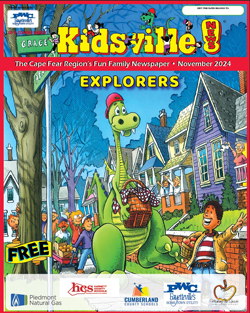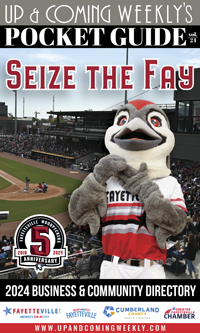Democratic Gains Aren’t About Registration
- Details
Before I go on, let me pause to allow all those infuriated readers whose hair just caught on fire to extinguish the flames. Safety first.
Now, I know that you’ve been told something entirely different. I know that throughout much of the year, news organizations have reported historic, earth-shattering surges in North Carolina voter rolls. Just a few days ago, political correspondent Jim Morrill of The Charlotte Observer reported that more than 600,000 new voters have registered since the beginning of the year, a trend that is “smashing records.”
Furthermore, I know that the Barack Obama campaign, the Democratic Party and various local and nonprofit allies have many hundreds of staffers and volunteers registering voters around the state. My argument is not that these are phantom efforts just producing a bunch of falsified registrations. In fact, I’m not denying at all that Democratic candidates (with the important exception of Beverly Perdue, still trailing Pat McCrory in the gubernatorial race) are reaping benefits from an “enthusiasm gap” and from the fact that new voters are more likely to be Democratic, and far less likely to be Republican, than the existing electorate is.{mosimage}
All I’m saying is that, as I predicted in a column several months ago, voter registration in North Carolina is not growing at a record rate. In fact, the 9 percent growth in registered voters so far in this presidential-election cycle (from the end of 2004 to now) is on track to be a little over the 2000-2004 trend (8 percent) but below the 12 percent average registration growth over presidential cycles since 1980. The truly record surges were those leading up to the 2000 and 1984 elections. The voter rolls grew by about 18 percent in both cases.
Voter-registration trends are driven by a number of factors. The “motor-voter” laws in the 1990s boosted the registration rate — the share of voting-aged North Carolinians who are registered. So have periodic registration drives, like the ones underway this year by all the parties and campaigns (the Democrats are obviously having more success with it). Another key factor is the growth in the denominator of the rate, the population itself. North Carolina has imported millions of new voters over the past two decades. It just so happens that our electorate, while continuing to grow this year, used to be growing at an even-faster rate.
OK, well, if the overall increase in registration isn’t all that shocking by historical standards, then doesn’t the Democratic skew of the new registrants this year still auger well for Democratic candidates in November?
Yes, but the effect isn’t as large as the hoopla might lead you to believe. Democrats now make up 45 percent of registered voters, while 33 percent are Republicans and 22 percent are unaffiliated. At the end of 2007, Democrats made up 45 percent, Republicans 34 percent and unaffiliated 21 percent. On Election Day 2004, the statewide percentages were 47 percent Democrats, 34 percent Republicans and 19 percent unaffiliated. In 2000, the statewide percentages were 50 percent Democrats, 34 percent Republicans and 16 percent unaffiliated.
After counting the impact of the new registrants, the North Carolina electorate is still less Democratic in registration now than it was in 2000 or 2004. The Republican share is down, too, but only slightly. The real story is an explosion in unaffiliated voters.
Again, I’m not saying that Democratic candidates for federal office aren’t running a lot better this year than John Kerry and Erskine Bowles did four years ago. I’m saying that the primary reason isn’t a change in the composition of the electorate. It’s the fact that swing voters, new and old, are swinging more Democratic this year.

 How to resolve AdBlock issue?
How to resolve AdBlock issue? 








